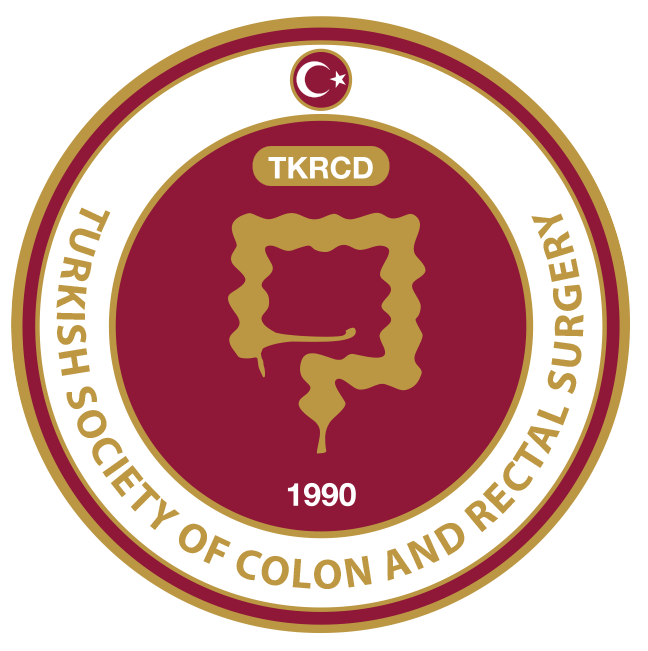ABSTRACT
The virus, called COVID-19, which has emerged in China in December 2019, has been known to spread through droplets and close contact, and has evolved into a pandemic today. It is also known that in all patients who have come into contact with COVID-19, the infection is not severe and may even occur without symptoms. There is no consensus yet on how to take measures to protect the patient and the surgeon in case of diseases requiring urgent or elective surgery, and how preoperative preparation, perioperative phase, and postoperative care should be performed. The aim of this study was to prepare a guide on how the surgeon should behave in patients whose operation is mandatory in light of the available data.
Introduction
It is known that an outbreak in the form of pneumonia of unknown origin has occurred in Wuhan in China’s Hubei Province in December 2019, killing 213 of the 9720 infected people in China and spreading in 19 other countries, infecting 106 people by January 31, 2020.1 The causative virus has been tentatively named “Severe Acute Respiratory Syndrome Coronavirus 2” (SARS-CoV-2) and finally named “Coronavirus Disease 2019 (COVID-19) by the World Health Organization. The disease is most commonly seen between the ages of 30-79 years and the median age is in the range of 49-59 years. It has been found very rarely under the age of 15. In about half of people infected with COVID-19, non-serious or overlooked symptoms occur, while in the other half the main symptoms are fever, fatigue and dry cough, myalgia and dyspnea.2,3 About half of the patients have co-existing diseases such as hypertension, diabetes and cardiovascular disease.3 The most common laboratory findings are leukopenia and lymphopenia. Elevation in lactate dehydrogenase and creatinine kinase levels can also be seen. Half of the patients may have abnormal liver function test findings such as elevation in alanine aminotransferase or aspartame aminotransferase levels. In most patients, normal serum procalcitonin levels are observed, but C-reactive protein levels are higher than the normal range. D-Dimer is high in a third of patients.4,5
The risk of respiratory failure requiring critical care support in patients infected with COVID-19 is significant and prioritized, so critical care and anesthesiology teams should be prepared for the treatment and ongoing care of patients infected with COVID-19.6
Although there are studies focusing on the epidemiology, pathophysiology and management, best practices and their effect on public health outcomes in COVID-19-infected patients; the algorithm for surgical treatment of COVID-19-infected patients is still seen as an insignificant, secondary health problem. In addition, while anesthesiologists provide guidance on the equipment and preservatives needed to protect themselves during intubation, we surgeons are still a little behind on this issue.7 However, there is a need for guidance on how to follow these patients in situations that require elective, emergency or mandatory surgery.
The SARS experiences of many countries, such as Canada, create optimal care conditions to keep health workers safe in intervening patients infected with COVID-19, while countries without SARS experience such as Turkey, it is indisputable that health workers will be at great risk in intervening patients infected with COVID-19. On the other hand, the fact that patients with no symptoms or mild symptoms are more easily able to contact health workers increases both the spread of the disease and the risk to health workers. It has been proven that New Corona virus pnönoni (NCP) can be transmitted from person to person and can cause hospital infection that seriously threatens surgical staff and inpatient staff.8 Ti LK et al.7 suggested an operating room (OR) protocol prepared for confirmed or suspected COVID-19 infected patients who came to their hospital for surgery. As they suggested an OR protocol for the preparation period, intraoperative and postoperative phases for the nurse in charge, surgical staff, surgical nurse, anesthesiologist, anesthesia technicians and OR technicians; “the surgeon” was not included in this protocol.
Although we have experience in surgical procedures in patients with hepatitis, cyst hydatid and HIV infection, we do not currently have any experience with COVID-19 infected patients.Protection of health workers, other patients and wards, perioperative treatment, measures for operating rooms and surgical instruments, and operational, perioperative and postoperative management should be defined and known in detail in case of emergency operation in patients with suspected or confirmed COVID-19 infection. This will give health workers, especially surgeons, both protection from the disease and legal advantage.
In this study, it was aimed to establish a guide for establishing optimum protection conditions that could be done before, during and after surgical intervention, as specialists of surgical branches and anesthesiologists were at great risk in the treatment of patients infected with COVID-19.
In patients with suspected or approved COVID-19 infection, it is obvious that a special procedure should be performed beginning from the entry of patients to the hospital until their discharge from hospital. It is possible to evaluate the process from the point of view of the surgeon in 3 sub-sections: Evaluation phase, perioperative phase, and postoperative phase.



